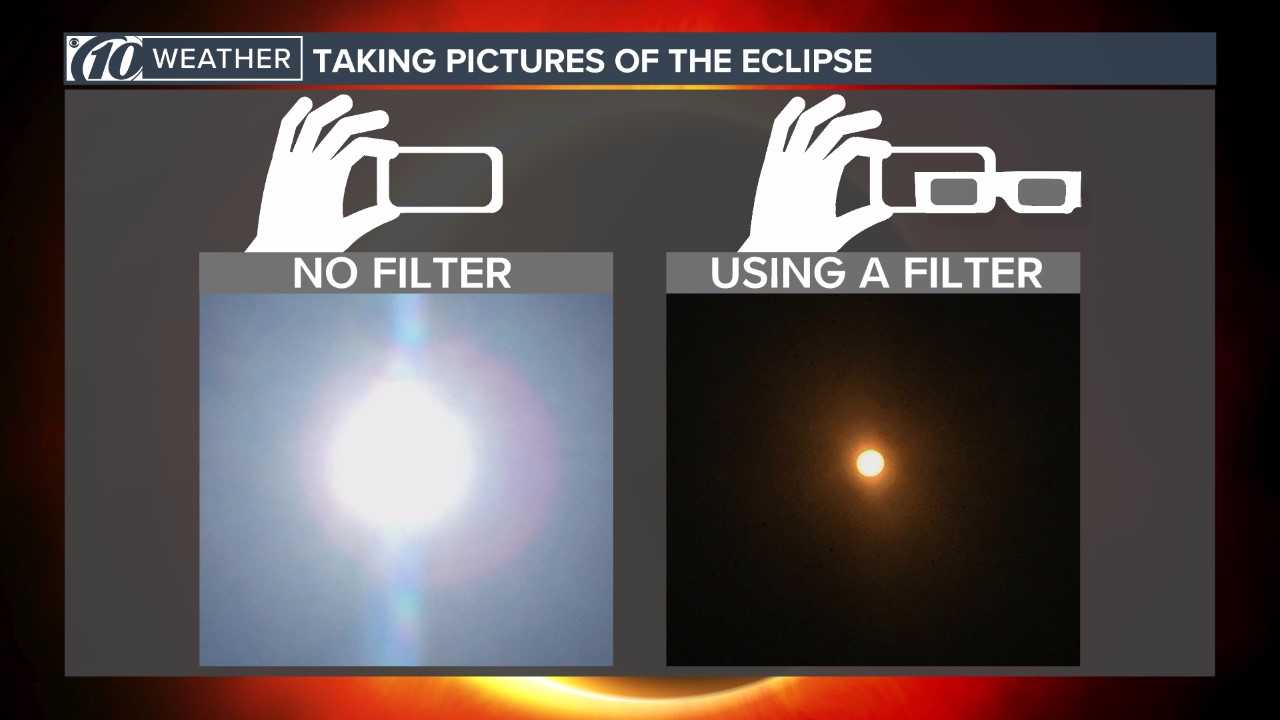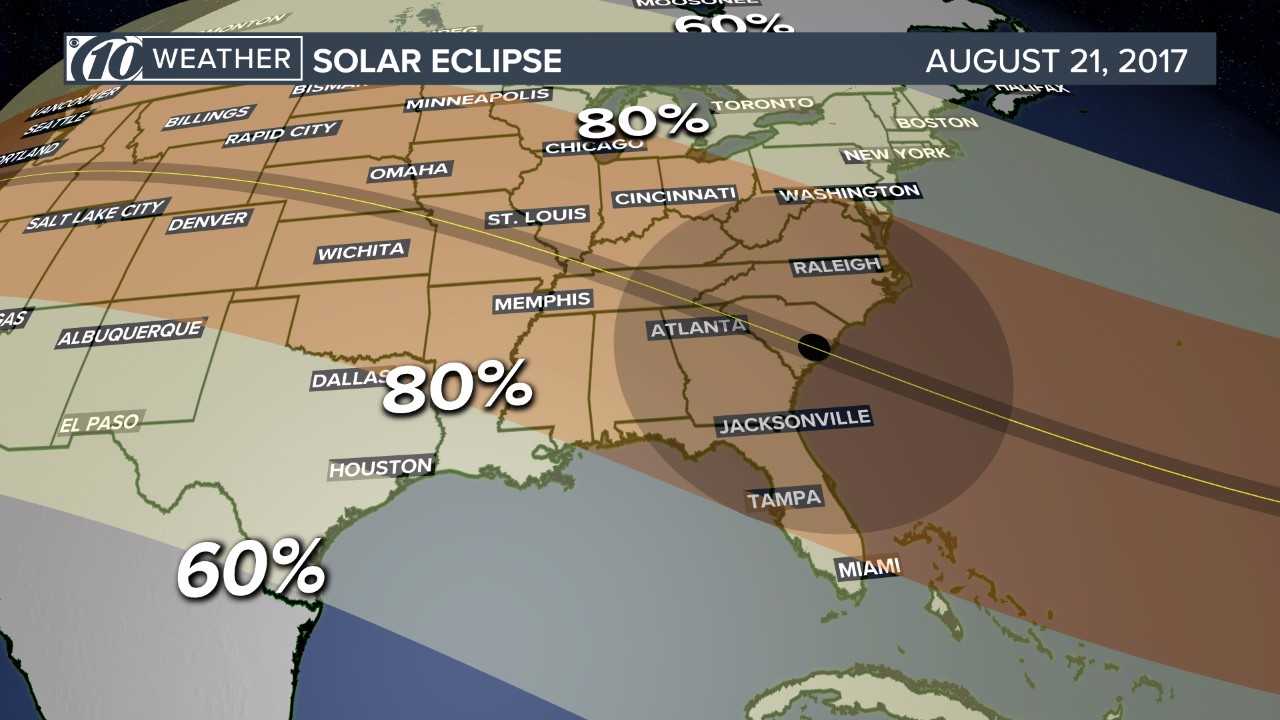Why Is Looking At An Eclipse Worse Than The Sun? A Comprehensive Guide
Have you ever wondered why staring at an eclipse is worse than gazing at the sun? It’s not just about brightness—it’s about science, safety, and some serious eye drama. If you’ve ever been curious about why this celestial event can be so dangerous, you’ve come to the right place. We’re diving deep into the reasons behind why eclipses pack such a punch when it comes to damaging your peepers.
You might think, "Hey, the sun is bright all the time, so why is an eclipse suddenly the villain?" Well, my friend, that’s where things get interesting. During an eclipse, the moon plays hide-and-seek with the sun, and while it might seem harmless, the partial or total blocking of sunlight creates a deceptive illusion that tricks our eyes into thinking it’s safer to look directly at it. Spoiler alert: it’s not.
This guide isn’t just about scaring you off from sky-gazing. It’s about equipping you with the knowledge to stay safe while marveling at one of nature’s most breathtaking phenomena. So, grab your sunglasses (no, not the regular ones), and let’s dive into the science behind why eclipses are a whole different ballgame compared to the sun.
Read also:Jack Quaid Reveals The Oppenhomies Group Chat Is Still Active 2 Years After Oppenheimer Came Out Its Insane
Before we get into the nitty-gritty, here’s a quick table of contents to help you navigate this comprehensive guide:
- What Is an Eclipse?
- Why Is an Eclipse Dangerous?
- How Does the Sun Damage Your Eyes?
- Why Is an Eclipse Worse Than the Sun?
- Safety Tips for Viewing Eclipses
- Types of Eclipses and Their Risks
- Common Misconceptions About Eclipse Viewing
- Effects of Eclipse Exposure on Eyes
- How to Protect Your Eyes During an Eclipse
- Final Thoughts
What Is an Eclipse?
An eclipse is like nature’s way of putting on a light show, but it’s not just for entertainment. Scientifically speaking, an eclipse occurs when the moon moves between the Earth and the sun, partially or completely blocking the sunlight. This cosmic dance happens in two main forms: solar eclipses and lunar eclipses.
Solar eclipses are the ones that get all the attention because they involve the sun being blocked by the moon, creating a stunning sight where the moon casts a shadow on Earth. Lunar eclipses, on the other hand, happen when Earth gets in the way of the sun and the moon, casting a shadow on the moon. While both are fascinating, solar eclipses are the ones that pose a risk to our eyes.
Here’s the kicker: during a total solar eclipse, the moon completely covers the sun, leaving only the corona (the sun’s outer atmosphere) visible. This creates the illusion that it’s safe to look directly at the sun, but trust me, it’s not. More on that later.
Why Are Eclipses So Special?
Eclipses are special because they’re rare and unpredictable. They don’t happen every day, and when they do, they’re often visible only from specific parts of the world. This makes them a big deal for astronomers and sky enthusiasts alike. But with their rarity comes the responsibility to understand the risks involved.
Why Is an Eclipse Dangerous?
Now, here’s where the science gets serious. Staring at an eclipse without proper protection is like inviting trouble into your eyes. The reason? The sun’s rays are incredibly powerful, and during an eclipse, the moon only partially blocks them. This means that even though the sun might look dimmer, it’s still emitting harmful radiation that can fry your retinas.
Read also:Spain Vs Netherlands A Clash Of Titans In Football History
Let’s break it down:
- UV Radiation: The sun emits ultraviolet (UV) rays that can cause serious damage to your eyes if you look directly at it.
- Blue Light: Blue light from the sun is particularly harmful because it penetrates deeper into the eye and can damage the retina.
- Retinal Burns: Staring at the sun, even during an eclipse, can lead to a condition called solar retinopathy, where the retina gets burned. This can cause permanent vision loss.
What makes an eclipse worse is the deceptive nature of the event. When the moon partially blocks the sun, your eyes don’t perceive the brightness as intensely, tricking you into thinking it’s safe to look. Spoiler: it’s not.
How Does the Sun Damage Your Eyes?
The sun isn’t just a friendly ball of fire in the sky. It’s a powerhouse of energy that emits radiation in various forms, including visible light, UV rays, and infrared rays. When you look directly at the sun, these rays can penetrate your eyes and cause damage to the delicate structures inside.
Here’s what happens:
- Cornea Damage: The cornea, the clear outer layer of your eye, can get burned by intense sunlight.
- Retina Burns: The retina, the part of your eye that processes light, is especially vulnerable to UV and blue light exposure. Prolonged exposure can lead to solar retinopathy.
- Macular Degeneration: Over time, repeated exposure to sunlight can increase the risk of age-related macular degeneration, a condition that affects central vision.
Now, here’s the kicker: unlike a sunburn on your skin, damage to your eyes from the sun often doesn’t hurt right away. You might not realize the damage until it’s too late. That’s why prevention is key.
What About Sunglasses?
Regular sunglasses aren’t enough to protect your eyes during an eclipse. They might block some UV rays, but they don’t provide the level of protection needed to look directly at the sun. Specialized eclipse glasses are designed to filter out 99.999% of sunlight, making them the only safe option for eclipse viewing.
Why Is an Eclipse Worse Than the Sun?
So, why is an eclipse worse than just looking at the sun on a regular day? The answer lies in the deceptive nature of the event. During an eclipse, the moon blocks part of the sun, making it appear dimmer. This tricks your eyes into thinking it’s safe to look directly at it, but the sun’s harmful rays are still there, waiting to wreak havoc on your retinas.
Here’s the science behind it:
- Reduced Brightness: The moon blocks some of the sun’s light, making it seem less intense. However, the remaining light is still powerful enough to cause damage.
- Prolonged Exposure: People tend to stare at an eclipse for longer periods because it’s such a rare and fascinating event. This increases the risk of retinal damage.
- No Immediate Pain: Unlike a sunburn on your skin, retinal damage from an eclipse doesn’t cause immediate pain, making it easy to underestimate the danger.
In short, an eclipse is worse because it creates a false sense of security, luring you into thinking it’s safe to look when it’s not.
Does the Moon Play a Role?
The moon doesn’t just block the sun during an eclipse; it also amplifies the danger by creating a false sense of safety. Its position and movement during an eclipse can make the sun appear less bright, but the reality is that the harmful radiation is still there, ready to do its damage.
Safety Tips for Viewing Eclipses
Now that you know why eclipses are dangerous, let’s talk about how to stay safe while enjoying this celestial spectacle. Here are some essential tips:
- Use Eclipse Glasses: Invest in certified eclipse glasses that meet international safety standards. These glasses are specifically designed to block out harmful sunlight.
- Avoid Regular Sunglasses: As tempting as it might be, regular sunglasses won’t cut it. They don’t provide the necessary protection against UV and blue light.
- Use Pinhole Projectors: If you don’t have eclipse glasses, you can create a pinhole projector to safely view the eclipse indirectly.
- Don’t Use Cameras or Binoculars: Looking at the sun through cameras, binoculars, or telescopes without proper filters can magnify the damage to your eyes.
Remember, safety comes first. If you’re not sure about the safety of your viewing method, it’s better to skip the experience than risk permanent eye damage.
Types of Eclipses and Their Risks
Not all eclipses are created equal. There are three main types of solar eclipses, each with its own level of risk:
1. Total Solar Eclipse
A total solar eclipse occurs when the moon completely blocks the sun, leaving only the corona visible. While this is the most spectacular type of eclipse, it’s also the most dangerous. Even during totality, you should only remove your eclipse glasses for a few seconds, and only if you’re in the path of totality.
2. Partial Solar Eclipse
A partial solar eclipse happens when the moon only partially blocks the sun. This type of eclipse is just as dangerous, if not more so, because it creates the illusion that it’s safe to look. It’s not.
3. Annular Solar Eclipse
An annular solar eclipse occurs when the moon is too far from Earth to completely block the sun, leaving a “ring of fire” visible. This type of eclipse is also dangerous and requires the same level of protection as a total or partial eclipse.
Common Misconceptions About Eclipse Viewing
There are a lot of myths and misconceptions about eclipse viewing that can put your eyes at risk. Here are a few common ones:
- Myth: You Can Look at the Eclipse for Just a Few Seconds. Even a few seconds of exposure can cause permanent damage to your eyes.
- Myth: Regular Sunglasses Are Enough. Regular sunglasses don’t provide the necessary protection against UV and blue light.
- Myth: The Moon Blocks All Harmful Radiation. The moon only blocks part of the sun’s light, leaving harmful radiation to damage your eyes.
Don’t fall for these myths. Educate yourself and others about the risks of eclipse viewing.
Effects of Eclipse Exposure on Eyes
Exposure to an eclipse without proper protection can have serious consequences for your eyes. Here are some of the effects:
- Solar Retinopathy: This condition occurs when the retina gets burned by intense sunlight, leading to permanent vision loss.
- Blurred Vision: Many people who stare at an eclipse experience blurred vision or difficulty focusing afterward.
- Central Blind Spot: In severe cases, eclipse exposure can cause a central blind spot in your vision.
If you experience any of these symptoms after viewing an eclipse, seek medical attention immediately.
How to Protect Your Eyes During an Eclipse
Protecting your eyes during an eclipse is simple if you follow the right precautions:
- Wear Eclipse Glasses: Certified eclipse glasses are your best defense against harmful sunlight.
- Use Pinhole Projectors: If you don’t have eclipse glasses, a pinhole projector is a safe alternative.
- Stay Informed: Educate yourself and others about the risks of eclipse viewing.
By taking these steps, you can enjoy the beauty of an eclipse without putting your eyes at risk.
Final Thoughts
So, why is looking at an eclipse worse than the sun? It’s all about perception versus reality. The deceptive nature of an eclipse
Article Recommendations


